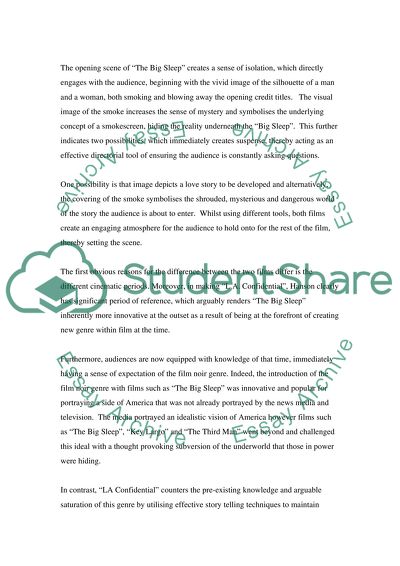Cite this document
(“The Big Sleep and L.A. Confidential Movie Review”, n.d.)
The Big Sleep and L.A. Confidential Movie Review. Retrieved from https://studentshare.org/visual-arts-film-studies/1548635-comparison-essay
The Big Sleep and L.A. Confidential Movie Review. Retrieved from https://studentshare.org/visual-arts-film-studies/1548635-comparison-essay
(The Big Sleep and L.A. Confidential Movie Review)
The Big Sleep and L.A. Confidential Movie Review. https://studentshare.org/visual-arts-film-studies/1548635-comparison-essay.
The Big Sleep and L.A. Confidential Movie Review. https://studentshare.org/visual-arts-film-studies/1548635-comparison-essay.
“The Big Sleep and L.A. Confidential Movie Review”, n.d. https://studentshare.org/visual-arts-film-studies/1548635-comparison-essay.


